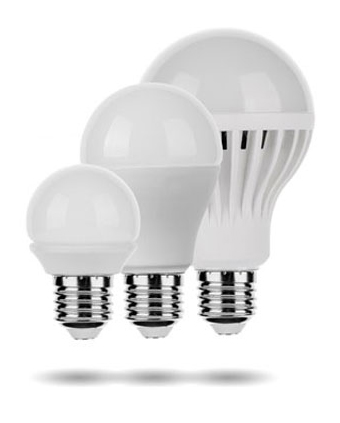In many homes today nearly every light bulb is now a LED, or light-emitting diode light bulb. Even though these are much more efficient than incandescent or CFL bulbs, making sure they're off when you're not using them is still a good way to conserve energy.
While the LED replacement for a regular 100 watt incandescent bulb might only use five watts, if you leave it on, you'll still be wasting electricity. 
Actually there are a number of things you can do to make your home more efficient that do not cost a dime:
- Turn off lights when you leave a room. This is one of the most overlooked efficiency opportunities in our daily lives. It is also one that I seem to constantly be reminding my kids to do.
- While ceiling fans can help cut summer energy use, they can also be substantial energy users-depending on how they are used and what kind of lights, if any, are part of the fan package. About 80 percent of the possible savings from a more efficient ceiling fan happen in the lighting. So be sure any new fans you buy contain ENERGY STAR®
 labeled lighting. Set ceiling fans to rotate clockwise in cold months and counterclockwise in warmer months.
labeled lighting. Set ceiling fans to rotate clockwise in cold months and counterclockwise in warmer months.


